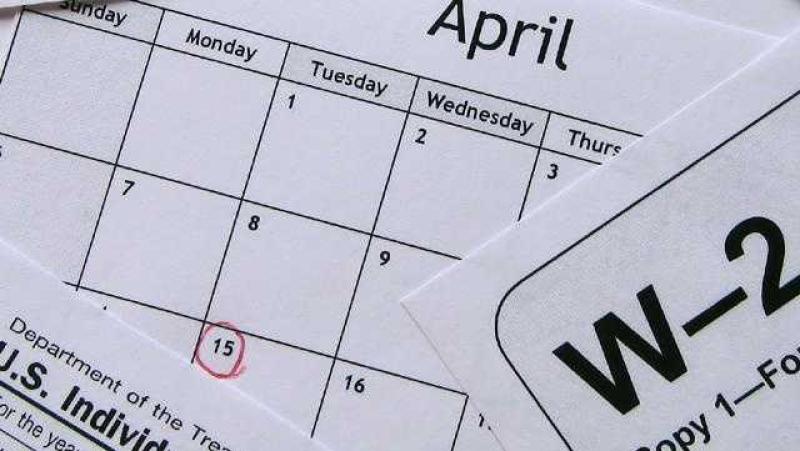What percentage of taxes should I withhold?
The percentage of taxes you should withhold depends on various factors, including your income, filing status, deductions, credits, and personal circumstances. Here's a general guide to help determine tax withholding:
1. Understand Tax Brackets:
- Review the IRS tax brackets for the current year. These brackets determine the percentage of tax owed at different income levels.
2. Use the W-4 Form:
- W-4 Form: Fill out the IRS Form W-4 provided by your employer. This form helps determine the amount of federal income tax to withhold from your paycheck.
- Filing Status: Select your filing status (single, married filing jointly, married filing separately, or head of household) on the W-4 form.
3. Calculate Withholding Allowances:
- Number of Allowances: Claim withholding allowances based on your personal situation. More allowances generally result in less tax withheld from your paycheck.
- Dependents and Credits: Consider additional allowances for dependents, child tax credits, or other credits you qualify for.
4. Adjustments and Additional Withholding:
- Additional Withholding: If you anticipate owing more taxes, you can request additional withholding on your W-4 form to cover the extra amount.
- Adjustments: Review and adjust your withholding throughout the year if there are significant changes in your financial situation (such as a salary increase, additional income, or life events like marriage or having a child).
5. Consult a Tax Professional:
- Personalized Advice: If you're unsure about the appropriate withholding percentage, seek advice from a tax professional or use IRS resources like the withholding calculator on their website.
6. State Tax Withholding:
- State Taxes: Remember to consider state tax withholding, as each state has its own tax rates and withholding procedures. Check your state's tax authority for specific guidelines.
7. Review Regularly:
- Periodic Review: Periodically review your tax withholding to ensure it aligns with your current tax situation. Changes in income or deductions may warrant adjustments.
Note:
- The goal of tax withholding is to approximate the amount of tax you'll owe for the year, aiming to neither owe a significant amount nor receive a large refund during tax season.
- Withholding calculations can vary widely based on individual circumstances. Factors like investment income, self-employment, deductions, and credits can significantly impact your tax liability.
While it's essential to withhold an appropriate amount to avoid underpayment penalties, finding the exact percentage can be complex. Consulting a tax professional or using IRS tools can help ensure your withholding aligns with your tax liability.
1. Factors influencing the appropriate tax withholding percentage
The appropriate tax withholding percentage depends on several factors, including:
Income level: Higher income earners typically have a higher withholding percentage to ensure they pay enough taxes throughout the year.
Filing status: Filing status also affects withholding, as single individuals and married individuals filing separately generally have higher withholding rates than married individuals filing jointly.
Deductions: Claiming deductions, such as mortgage interest or charitable contributions, can reduce your taxable income and therefore lower your withholding rate.
2. Using the IRS withholding estimator tool
The IRS provides a free Withholding Estimator tool to help individuals determine their appropriate withholding percentage. This tool considers your income level, filing status, deductions, and potential credits to calculate an estimated withholding amount.
Consequences of withholding too much or too little in taxes
Withholding too much in taxes means you'll receive a refund when you file your tax return. While this may seem appealing, it essentially means you're giving the government an interest-free loan. Conversely, withholding too little can lead to a tax liability when you file your return, potentially resulting in penalties and interest charges.
4. Adjusting your tax withholding throughout the year
Life circumstances can change throughout the year, affecting your expected tax liability. If your income increases or decreases significantly, or if you experience major changes in deductions or credits, it's crucial to adjust your withholding accordingly to avoid overpaying or underpaying taxes.
5. Seeking professional tax advice
For accurate tax withholding and to minimize potential penalties, consider consulting with a tax advisor or tax professional. They can assess your specific financial situation, advise on appropriate withholding adjustments, and help ensure you comply with tax regulations.













